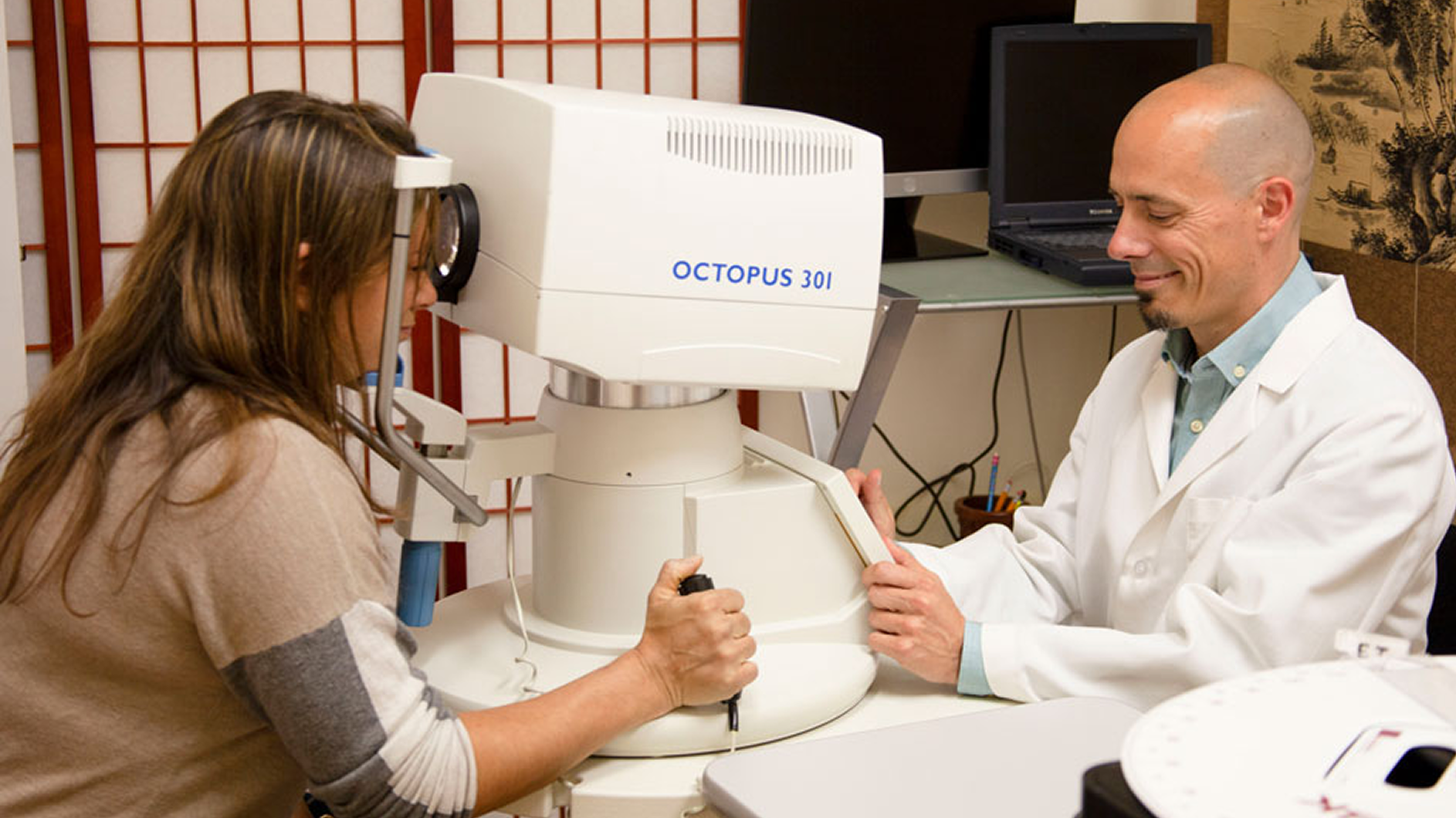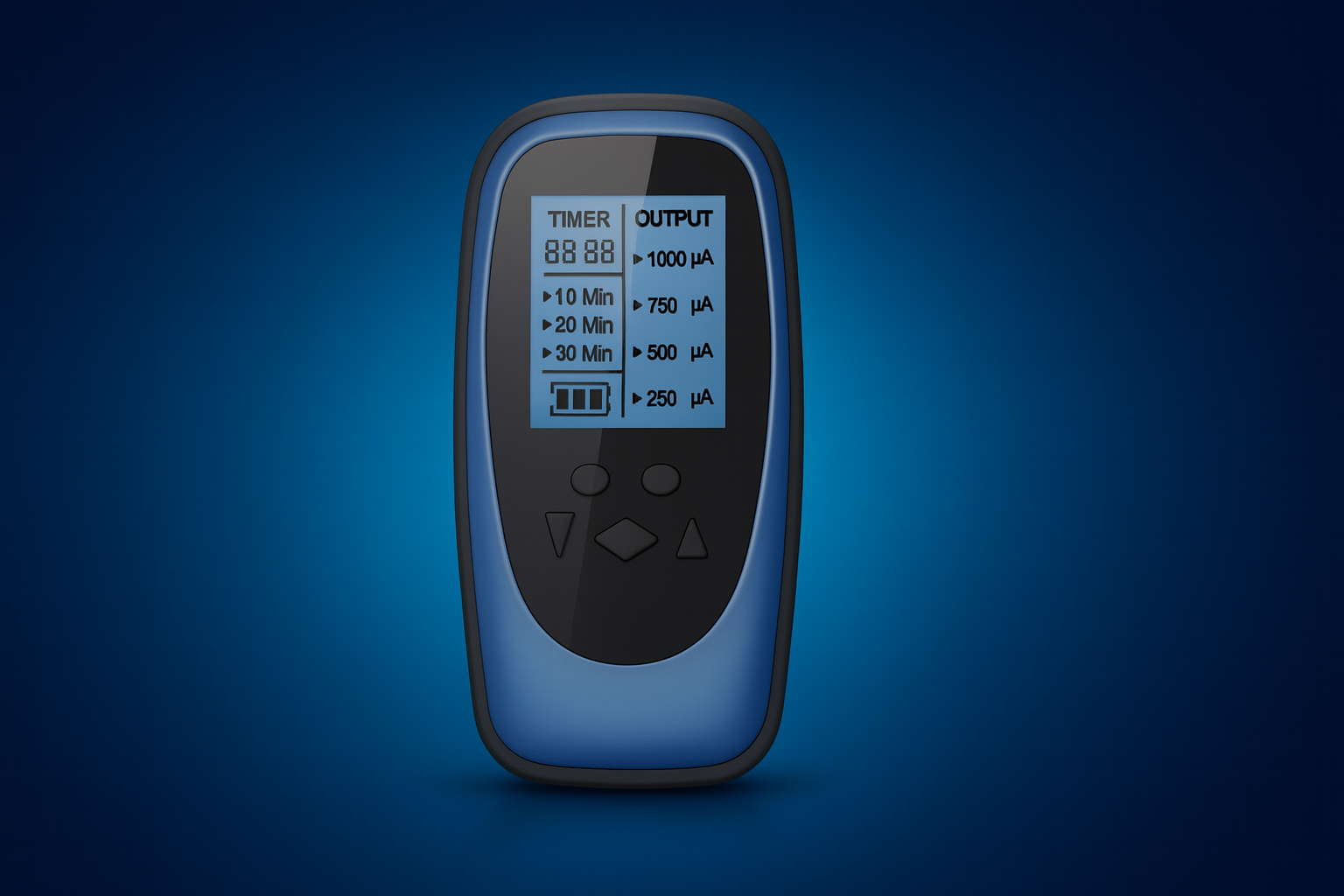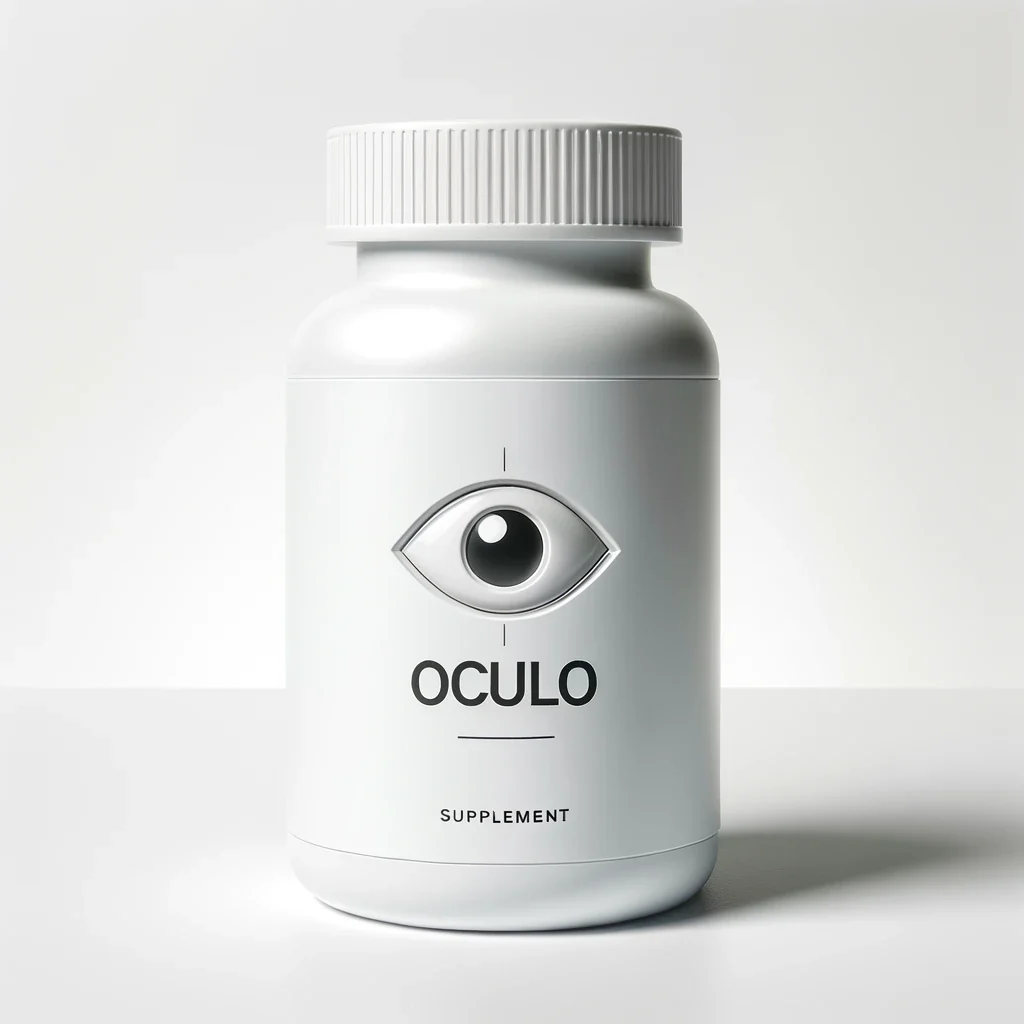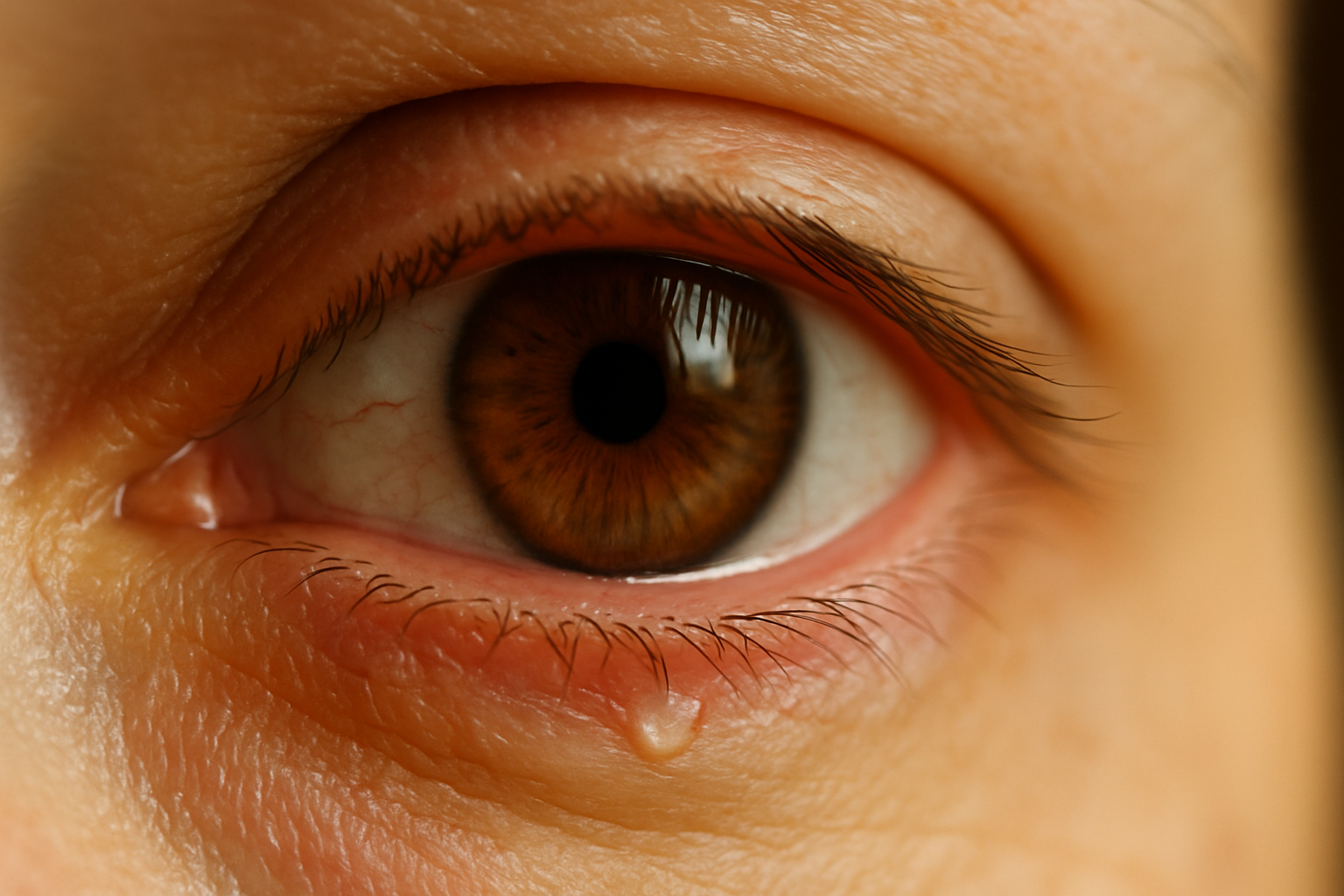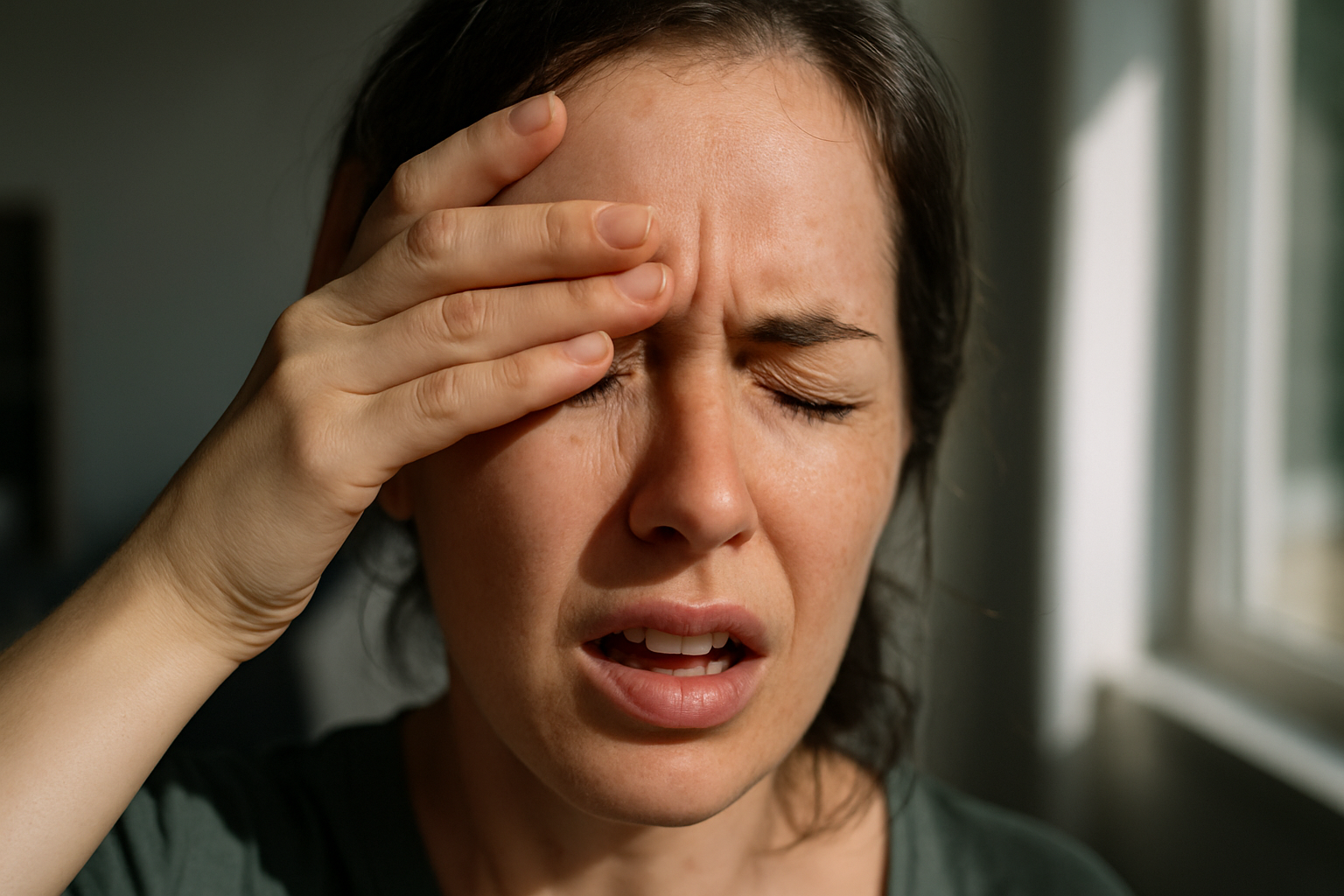Eye Condition
Eye Stye
An eye stye is a painful eyelid bump from bacteria in a blocked oil gland, causing swelling, tearing and discomfort that often clears with warm compresses and proper hygiene.
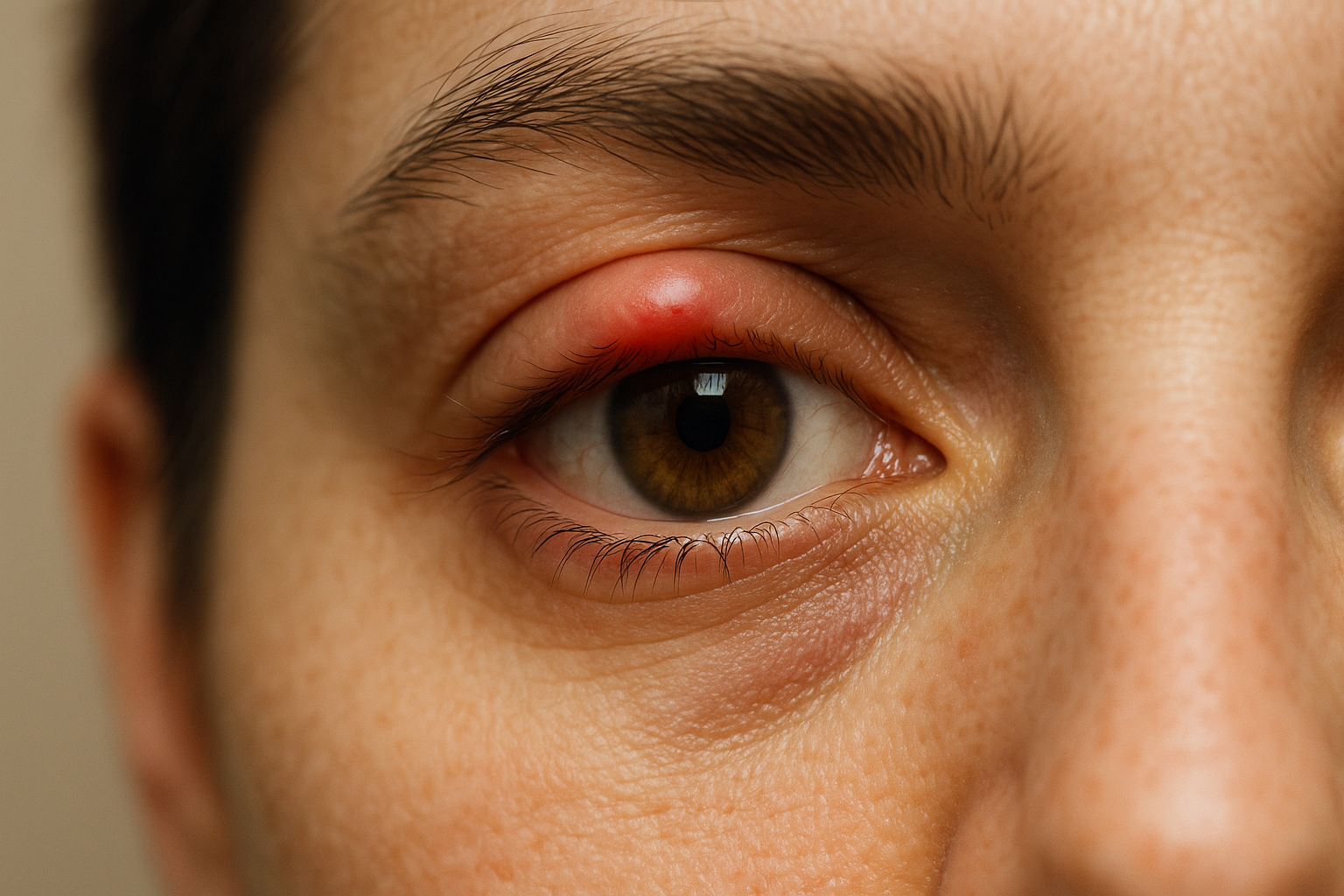
Explore our treatment options for Eye Stye
What is an Eye Stye?
An eye stye (external or internal hordeolum) is a localized infection and inflammation of an eyelid oil gland. The blocked gland swells into a small, red, painful lump along the lid margin or just under the lid surface. Most styes are caused by ordinary skin bacteria that become trapped in the gland opening, but the condition can also reflect chronic lid irritation or underlying skin conditions.
Key symptoms and early warning signs
- Localized red, tender bump at the lash line or inside the lid
- Gritty, scratchy sensation while blinking
- Local swelling that may make the eye feel heavy
- Mild tearing and light sensitivity
- Crusting of lashes upon waking
- Urgent symptom: rapidly spreading redness, swelling of the whole lid, or fever
How an Eye Stye is diagnosed
Most styes are diagnosed through a simple slit-lamp or magnified lamp examination of the eyelid. Your eye care provider will:
- Inspect the lid margin, lashes, and surrounding skin.
- Gently press on the bump to evaluate tenderness and drainage.
- Rule out a chalazion (sterile cyst), blepharitis flare, or more serious lid infection. Cultures and imaging are rarely needed. If styes recur, your doctor may assess the tear film or meibomian gland function to uncover chronic gland dysfunction.
Why it happens: causes and risk factors
A stye begins when the opening of a meibomian or Zeis gland is blocked with hardened oil, dead skin, or cosmetic debris. Bacteria living on the skin, most commonly Staphylococcus aureus, multiply inside the closed space, triggering inflammation.
Common contributors
- Chronic blepharitis or meibomian gland dysfunction
- Rubbing eyes with unwashed hands
- Sleeping in eye makeup or using expired cosmetics
- Wearing contaminated contact lenses
- Stress and reduced immunity
- Skin conditions such as rosacea or seborrheic dermatitis
- Systemic conditions like diabetes that affect healing
People with evaporative dry eye often have thicker oil secretions that clog gland openings. Good lid hygiene and prompt treatment of underlying dry eye can lower stye risk. Learn more about oil-gland health in our page on dry eyes.
Conventional treatment options
Conventional therapy focuses on opening the clogged gland and controlling infection:
- Warm compresses several times a day to liquefy trapped oil.
- Gentle lid massage toward the lash line after heating.
- Antibacterial lid scrubs or foam cleansers to reduce surface bacteria.
- Topical antibiotic ointment if purulent drainage or multiple lesions.
- Oral antibiotics for larger or recurrent internal styes, or when cellulitis is present.
- Steroid drops or ointment may reduce residual inflammation once infection is controlled.
- Incision and drainage in office if the stye fails to resolve or affects vision.
Most styes improve within 1–2 weeks when treated promptly, but they may evolve into a chalazion if the inflammatory material remains trapped.
Eye Health Institute’s integrative approach
At the Eye Health Institute (EHI) we complement standard medical care with therapies designed to:
Support natural drainage and healing
- Micro Acupuncture 48 around the orbital region helps improve local circulation, encouraging the gland to drain.
- Low-level light therapy (LLLT) provides gentle warmth and photobiomodulation that can thin gland secretions and soothe inflamed tissue.
Reduce bacterial load and support immunity
- Customized Chinese herbal formulas with well-studied antimicrobial and anti-inflammatory botanicals.
- Targeted nutritional support emphasizing omega-3 essential fatty acids, vitamin A, and zinc to bolster skin and gland health.
- Guidance on safe eyelid cleansing with hypochlorous sprays and preservative-free lubricants.
Address systemic contributors
- Stress-reduction acupuncture and breathing exercises to calm sympathetic overdrive that can hinder healing.
- Dietary coaching to reduce refined sugars and high-glycemic foods that fuel bacterial growth and systemic inflammation.
Prevent future styes
- Individualized lid hygiene routines taught in clinic, with printed take-home instructions.
- Follow-up meibography or gland function imaging during routine visits to track progress.
Patients remain under the care of their ophthalmologist or optometrist for any necessary prescriptions or procedures, while our integrative team works to shorten recovery time and decrease recurrence.
What patients report / clinical insights
Many EHI patients describe notable relief in lid tenderness after the first or second Micro Acupuncture session. Warmth returns to the lid, swelling softens, and the bump often drains spontaneously within days. Patients who adopt daily lid hygiene and nutrition recommendations tell us they experience fewer repeat styes and overall better eyelid comfort. Parents appreciate that gentle, drug-free therapies can be used alongside pediatric ophthalmology care when children develop stubborn internal styes.
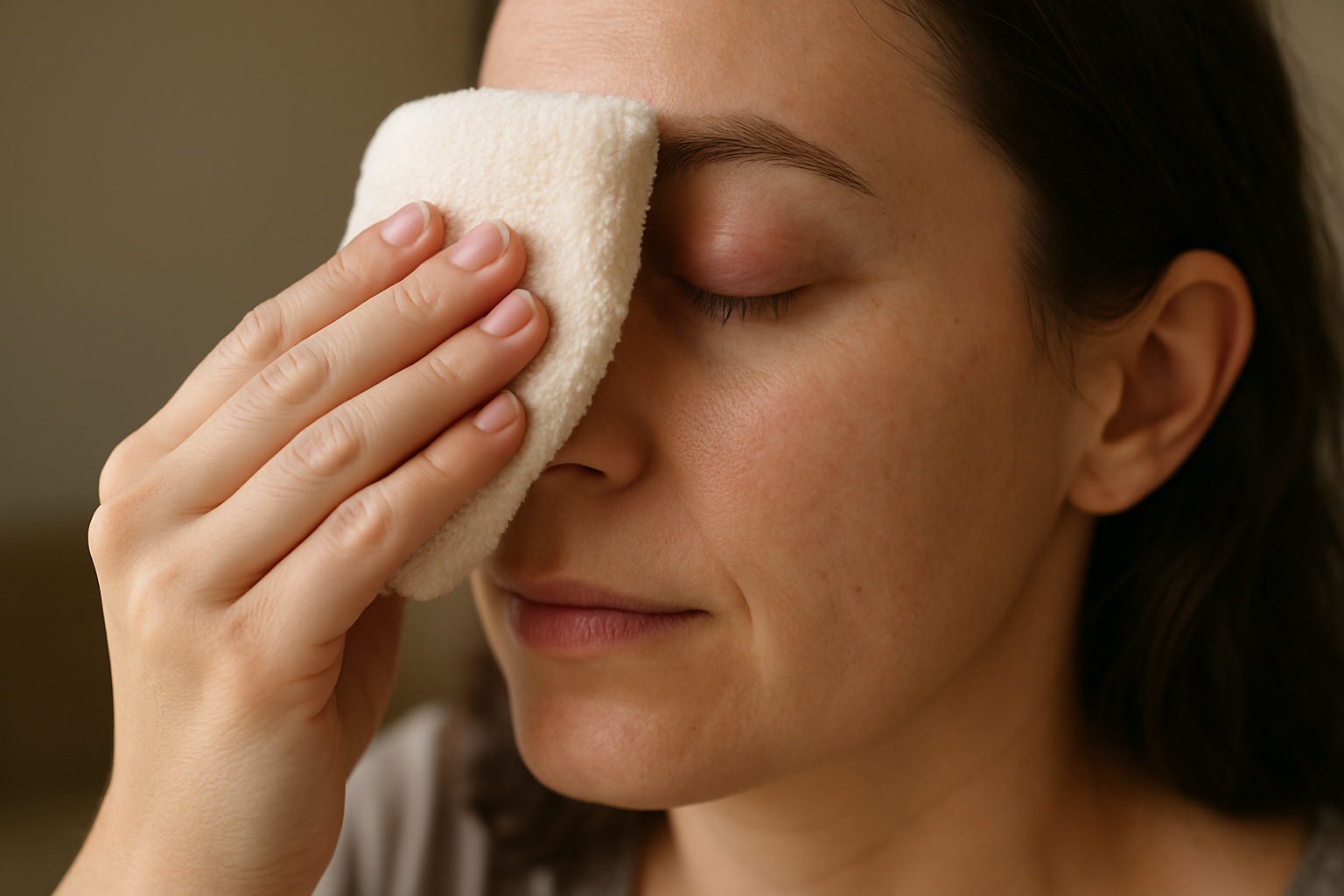
When to seek urgent care
Get urgent eye care right away if you notice:
- Sudden worsening pain or swelling that spreads beyond the eyelid
- Fever or chills accompanying the eye symptoms
- Vision changes such as blurred or double vision
- A firm, immobile mass that does not drain after several days of compresses
- Any eye trauma followed by swelling or redness
These signs can indicate cellulitis, an abscess, or another sight-threatening infection that needs immediate medical treatment.

